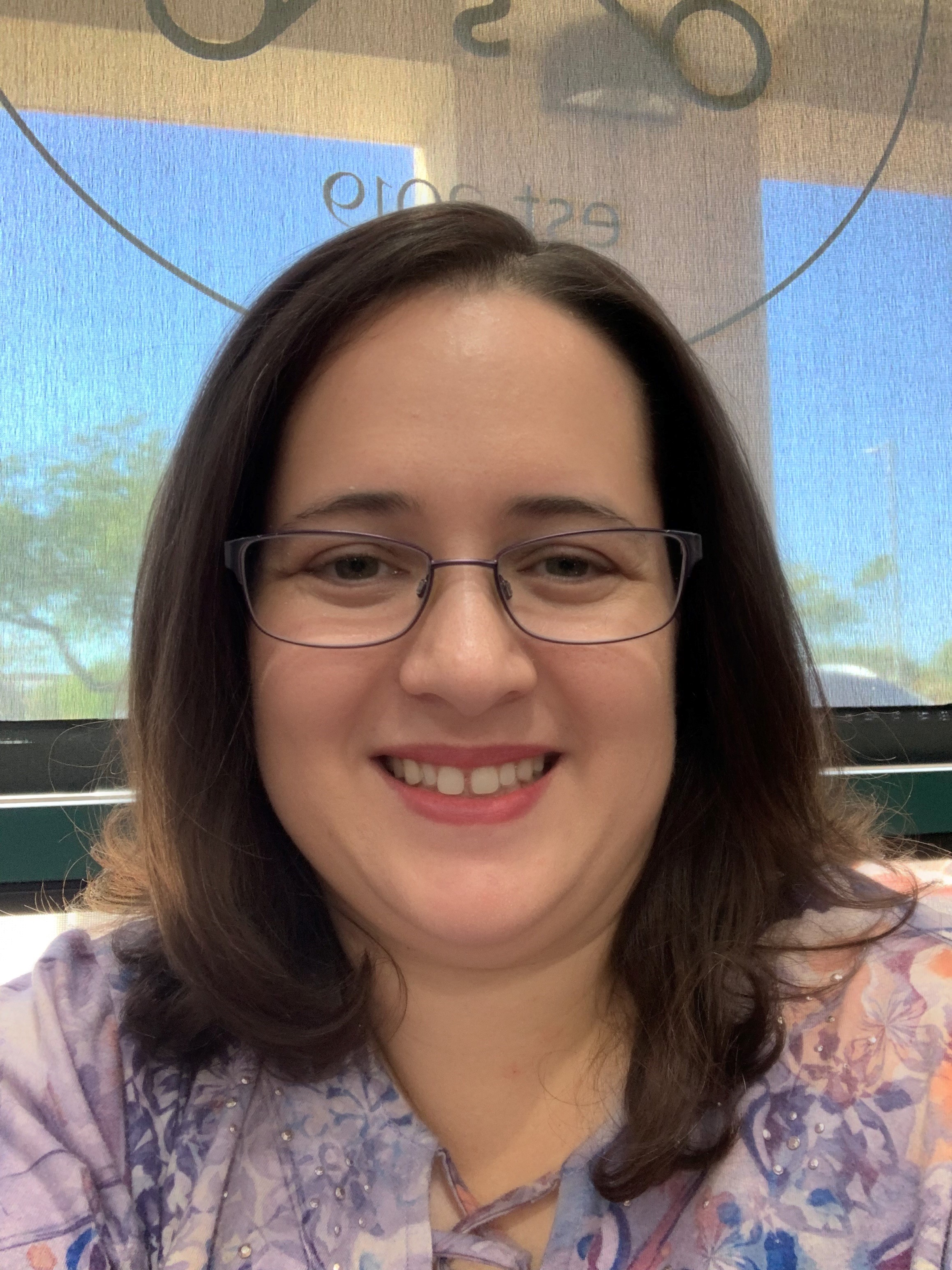Accessibility in Action: Inclusive Design for Every Learner

Accessibility in instructional design isn't merely a compliance requirement—it's a fundamental commitment to creating equitable learning experiences for all. As educators and designers, we have the responsibility to ensure that every learner, regardless of ability, can fully engage with and benefit from our content. This principle lies at the heart of inclusive education and effective design strategy.
The concept of accessibility extends far beyond accommodating disabilities; it enhances the learning experience for everyone involved. Consider captioned videos, which were initially developed for deaf or hard-of-hearing individuals but provide tremendous value to non-native speakers, people in noisy environments, and those who retain information better when reading along. Similarly, descriptive alt text for images doesn't just serve screen reader users—it clarifies content and improves comprehension for all learners. When we design with accessibility in mind, we're essentially implementing principles of good design that benefit our entire audience.
Common barriers to accessibility in instructional design include over-reliance on color coding without text alternatives, missing alt text for images, poorly structured documents, videos without captions or transcripts, and complex navigation systems. These barriers can significantly impair the learning experience, particularly for those using assistive technologies. Even seemingly minor oversights, like missing captions or unclear instructions, can completely transform a learner's experience—and not for the better. For individuals with vision impairments, for instance, bright backgrounds can make content difficult or impossible to read, while colorblind learners may struggle with color-coded information that lacks alternative indicators.
Implementing accessibility doesn't have to be overwhelming—small, intentional changes can make significant differences. Six key strategies include providing alt text for all images, adding captions and transcripts to videos, ensuring proper color contrast in visual design, using proper document structure with headings and clear formatting, offering multiple ways to engage with content, and regularly testing work with accessibility checkers. Tools like the Color Wheel by Canva and the WAVE accessibility evaluation tool can assist in implementing these practices effectively. The goal is to start small, perhaps by selecting just one strategy to integrate into your next project, and build from there.
Real-world application of these strategies might involve including captions and transcripts for all recorded lectures or training videos, ensuring properly structured documents with headings and alt text, providing multiple assessment options for demonstrating knowledge, creating intuitive navigation systems, and training facilitators on accessibility best practices. These implementations benefit not only learners with disabilities but also enhance engagement, satisfaction, and outcomes for everyone involved. When we prioritize accessibility, we communicate a powerful message: every learner belongs and matters in our educational environment.
At its core, accessibility reflects values of empathy, inclusion, and equity. It transforms learning environments into spaces where students and employees feel supported and empowered to succeed. Courses designed with multiple accessibility features often yield better learning outcomes and higher satisfaction rates while reducing barriers to engagement. Moreover, focusing on accessibility cultivates a mindset of flexibility and innovation among instructional designers, encouraging critical thinking about diverse learning needs and interactions with content. This approach doesn't just fulfill requirements—it fundamentally improves the entire learning experience for everyone involved. That's the essence of designing with love: creating learning experiences that are truly accessible, inclusive, and effective for all.
🔗 Episode Links:
Please check out the resources mentioned in the episode. Enjoy!
Accessibility in Action Course
WAVE Web Accessibility Evaluation Tool
📑 References:
WAVE Web Accessibility Evaluation Tools. (n.d.). https://wave.webaim.org/
Photo by Max Fischer: https://www.pexels.com/photo/a-two-girls-using-laptop-with-classmates-5212695/


